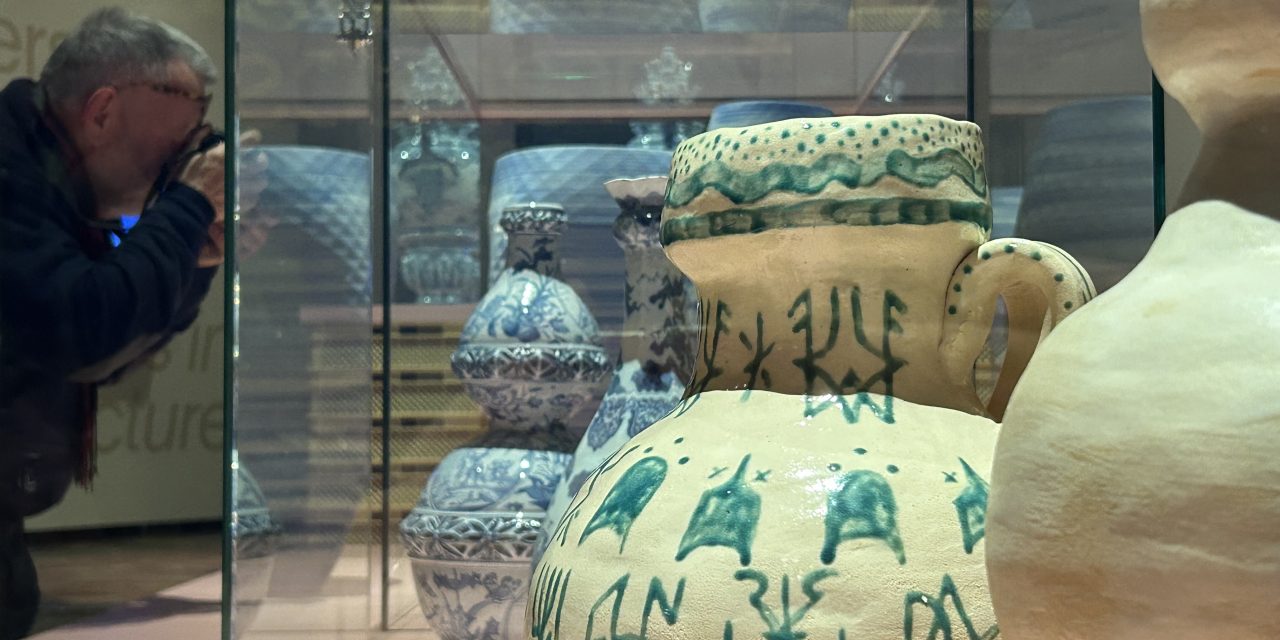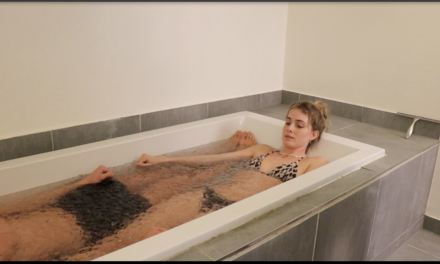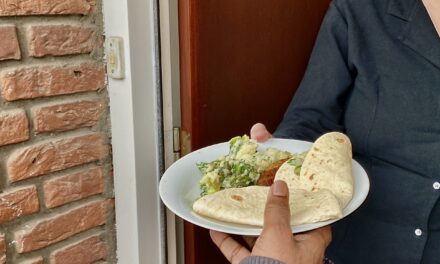Walking through the city in Delft surrounded by all sorts of artwork, one thing always comes back, ‘Delft Blauw’. The white and blue peeking through, in small details or in a more striking way, right in the city centre. Despite originating centuries ago, Delft Blauw ceramics remain relevant in modern contexts, highlighting their adaptability and timeless charm.
Just past a small ceramics shop lays the Prinsenhof, a museum dedicated to art from Delft, among other things. It is a busy weekend to visit the museum, this weekend Delft Blauw will be brought back to life, challenging the visitors to see the 17th century old ceramics in a new light. Delft Blauw is reminded as something from grandmothers house, which somehow never lost it elegance. But during the exhibition ‘Pioneers in Ceramics’, the old craftsmanship is seen in a new way. While children run around exploring the art of painting these ceramics in their own way, the fragile artwork is already perceived differently.
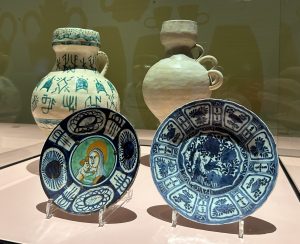
While the tour guide walks past the children, they enter the hall filled with all kinds of ceramics. The old vases and plates are now sitting together with the newly made sets of ceramics. Puzzled glances go over the artworks in front of them. Delft Blauw holds a significant cultural importance in modern society, it serves as a symbol of Dutch identity and heritage. With the new artwork right next to it, some people are still trying to form an opinion about it, but just as everybody is deep in their thoughts, the artist itself, Yuro Moniz, breaks the silence. “Strange, right?” says she while walking past, “To be honest, when we were busy putting together this exhibition and I saw my work next to the beautiful Delft Blauw, I had the same reaction as most of you.” An elderly couple looks at the two plates in front of them and talks about how the left one must be made by Yuro because it differs from the very familiar looking plate next to it. Yuro walks over to them, “Actually that’s not mine, that plate is way older than the right one. When they first started out with Delft Blauw they got their inspiration from Chinese porcelain, this was their first take on it, just as the vases behind the plates are my take on Delft Blauw but also Chinese porcelain.” The elderly is quite surprised by this answer. Yuro smiles, “Now looking at it from a new point of view, right? While luckily that is precisely what we were hoping to do with this exhibition.”
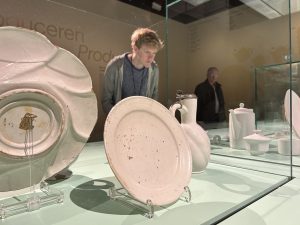
Young and old looking at new and old Delft Blauw
Nowadays, the original Delft Blauw is behind glass just to be looked at, but that was never the purpose. From vases and plates to figurines and tiles, the craftsmanship of Delft Blue ceramics enhance interior design but back then were also meant to be used. That’s where this type of Delft Blauw, which is in this case white, comes from, daily usable tableware what was more affordable for the working class. The artist Max Lipsey wanted to bring the white back to life. “When people think about Delft Blauw, they obviously think about the blue painted on parts, but they never really think about the ceramics itself. The way the white part was the most special part because we didn’t have the right clay back then, our clay was red. So my art is stripped from the blue and really focused on the white.” Looking at the difference between these white sets, there isn’t much, the one from Max looks more simplified while the other one looks more sophisticated according to a few visitors surrounding him. Max agrees with them, “My work is not supposed to be another set of Delft Blauw, it should keep people wondering about how we view modern artwork and old artwork, that’s exactly what is happening right now. Artists like me and especially visitors like these, keep Delft Blauw alive, in a new way. The best part is, most of them don’t even see it that way, it just happens.”
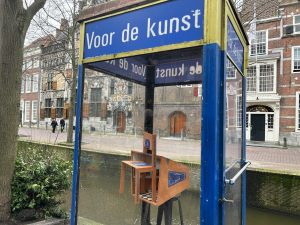
An artwork in Delft, inspirited by the Prinsenhof museum, the text translates to ‘For the art’.
In the museum, tradition and modern interpretations blend together, creating something new, something to feel and think about further. So when walking out of the museum and stumbling upon art, inspirited by Delft Blauw, people will view it differently, bridging past and present for future appreciation.
